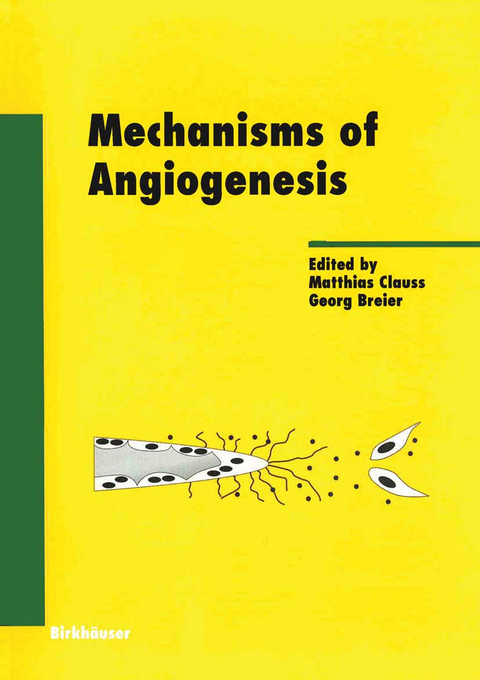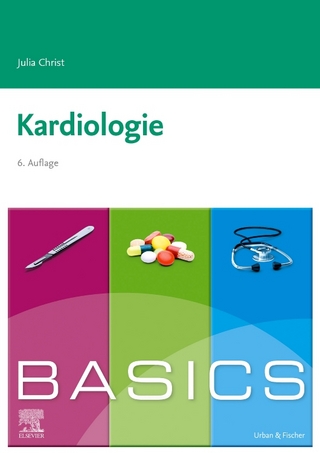
Mechanisms of Angiogenesis
Springer Basel (Verlag)
978-3-7643-6459-5 (ISBN)
Basic principles in physiological and pathophysiological angiogenesis.- How do endothelial cells orientate?.- New insights into intussusceptive angiogenesis.- Angiogenesis in the female reproductive system.- Arterialization, coronariogenesis and arteriogenesis.- Sprouting angiogenesis versus co-option in tumor angiogenesis.- Hormones and the neovascularization process: role of angiotensin II.- Can tumor angiogenesis be inhibited without resistance?.- Cellular and physical mechanisms of blood vessel growth.- Role of pericytes in vascular morphogenesis.- Role of monocytes and macrophages in angiogenesis.- Bone marrow-derived endothelial progenitor cells for neovascular formation.- Can angiogenesis be exercised?.- Angiogenesis — a self-adapting principle in hypoxia.- Cellular mechanisms of arteriogenesis.- Balancing luminal size and smooth muscle proliferation — a key control point in atherosclerosis and arteriogenesis.- Molecular mechanisms of angiogenesis.- The role of VEGF in the regulation of physiological and pathological angiogenesis.- The anti-inflammatory actions of angiopoietin-1.- The hemostatic system in angiogenesis.- Signal transduction in angiogenesis.
| Erscheint lt. Verlag | 22.11.2004 |
|---|---|
| Reihe/Serie | Experientia Supplementum |
| Zusatzinfo | XIV, 324 p. |
| Verlagsort | Basel |
| Sprache | englisch |
| Maße | 170 x 244 mm |
| Gewicht | 915 g |
| Themenwelt | Medizinische Fachgebiete ► Innere Medizin ► Kardiologie / Angiologie |
| Medizin / Pharmazie ► Medizinische Fachgebiete ► Onkologie | |
| Medizin / Pharmazie ► Studium | |
| Schlagworte | Angiogenese • angiogenesis • Angiotensin II • atherosclerosis • Blood vessel • Bone • Cells • Endothelium • Hardcover, Softcover / Medizin/Nichtklinische Fächer • HC/Biologie/Allgemeines, Lexika • HC/Medizin/Nichtklinische Fächer • heart • hormones • Macrophages • Morphogenesis • Regulation • smooth muscle • Tumor |
| ISBN-10 | 3-7643-6459-9 / 3764364599 |
| ISBN-13 | 978-3-7643-6459-5 / 9783764364595 |
| Zustand | Neuware |
| Haben Sie eine Frage zum Produkt? |
aus dem Bereich


